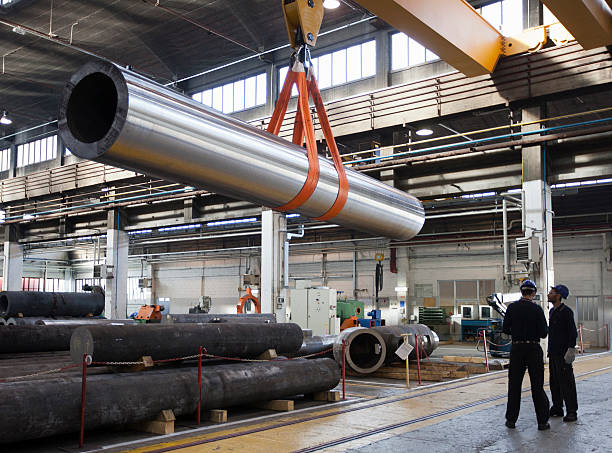A tube constructed of metal, plastic, wood, concrete, or fiberglass is referred to as a pipe. Liquids, gases, slurries, and tiny particles may all be transported via pipes. The total interconnection of pipes, including in-line parts like pipe fittings and flanges, is often referred to as a piping system. The plumbing system also includes tanks, valves, pumps, and heat exchangers. In an industrialized world, pipe systems play a crucial role since they are the lifeblood of our industrial operations.
The amount of pipe needed in a typical chemical processing facility is a lot. The cost of the whole facility is mostly made up of piping systems, often making up as much as one-third of the overall expenses. Pipe and support engineers may face additional difficulties or challenges when arranging piping systems in a small space or a limited space given.
The functional needs of piping a fluid from one location to another determine the basic design of a pipe system.
- The type of fluid being transported,
- the permitted pressure drop or energy loss,
- the desired velocity,
- the available space,
- the process requirements—such as the need for a straight run or free drain—stress analysis, fluid temperature, etc.
are just a few of the factors that affect the detailed design. Significant engineering, design, manufacturing, and erection work is needed to support pipe systems. It may be necessary to build unique structures (such as structural T or inverted L, cantilevers, U portals, pedestals, etc.) only to support pipe systems in certain circumstances.

Piping Supplies
The material that will be utilized to make the pipes must be selected to meet the piping system’s working requirements. Standard pipe codes may provide guidance on how to choose the right material. For instance:
- Power Piping
- Industrial Gas
- Air Piping, Refinery
- Oil Piping
- Refrigeration or cooling parts.
- Laboratory pipings
Systems for pipes. The goal is to guarantee that the material is completely safe under the anticipated working pressure, temperature, corrosion, and erosion conditions. The following sections go through some of the materials that are most often used for power plant pipework.

Steel Pipes
The most often used material for pipework is steel. Fittings are often made of forged steel, while more specialised uses call for cast steel. Seamless and welded pipes are the two major types of pipe made.
For ash handling systems, sewage lines, and underground water lines, cast iron is employed because of its strong resistance to corrosion and abrasion. But since it is so fragile, it cannot be used for the majority of power plant functions. It is produced in a variety of grades, including ductile, malleable, and grey cast iron.
Brass and Copper
Brass and copper are examples of non-ferrous materials that are utilised in power plants for instruments and water services when the temperature is not a major consideration.
sizes of commercial pipes
The commercial pipe is produced in conventional diameters with a variety of wall weights or thicknesses. The dimension is stated as nominal (approximate) internal diameter for pipes up to and including 304.8 mm (12 inches). The size is specified as the actual outer diameter when it exceeds 304.8 mm. With the additional thickness, all types of pipe in a given size have the same outer diameter.
For pipe cladding visit pipe cladding malaysia